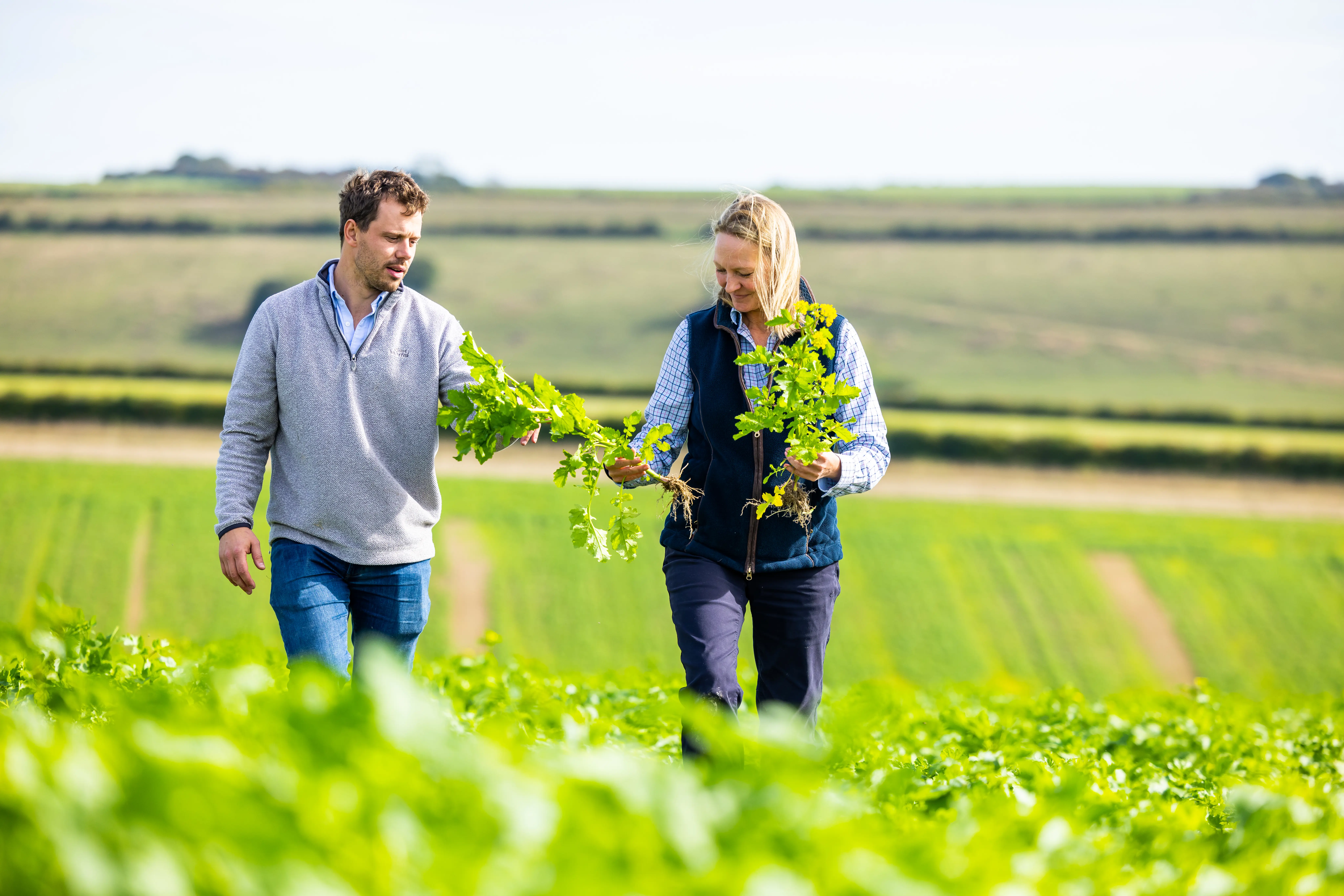Urban
Waste from industrial processes can affect river and groundwater quality. Surface water run-off from roads and drains can also be very dirty and require more treatment.
Catchment First is our commitment to put the wellbeing of the environment and communities at the centre of what we do. Through our projects and partnerships, we protect and maintain natural processes in the landscape, providing clean, fresh drinking water to homes and businesses.
Our Catchment team play an important role in protecting the health of our rivers and seas. It's made up of hydrologists, scientists, environmentalists and land management professionals, focussed on protecting the land that surrounds our waters, known as catchments, which helps to improve water quality.
The team regularly carry out water quality tests across the region, tracking changes and spotting issues before they become problems, such as the pollutants; nitrates, phosphates and pesticides, which can lead to algal blooms, low oxygen levels in the water and even harm aquatic life. We’re also investing in cutting-edge technology to better understand what’s affecting our water quality and how we can tackle this.
This work is essential in reducing flood risks, enhancing biodiversity and promoting sustainable land use practices that protect ecosystems and support community resilience.
Miles of chalk stream habitat in and around the Test in Hampshire has been improved in one of the UK’s most substantial river restoration schemes.
Wessex Rivers Trust is halfway through delivering the 10-year FReSH (Flow Resilient Sustainable Habitat) Water Programme, to restore vulnerable stretches of Hampshire’s globally-rare chalk streams to boost resilience to drought, climate change and poor water quality.
Funded by us and delivered with local landowners, the project has already restored more than 20 sites across the Test, Dever, Dun, Bourne Rivulet and Meon.
Together with the South East Rivers Trust we created 18 hectares of new wetland habitat in the headwaters of the River Beult. Featuring ponds, scrapes, and leaky woody dams, the wetlands help slow water flow and improve resilience – storing an estimated 250 million litres annually, enough to supply 4,500 customers.
This nature-based solution supports multiple goals: protecting water resources, improving water quality and boosting biodiversity. It’s a brilliant example of how working with nature can deliver long-term benefits for people and the environment.

Working with farmers, land managers and environmental groups, we’ve launched a series of projects in areas where we can make a real difference to protect soil health, improve water quality and create sustainable farming systems.
So far, five farms are monitoring soil health and carbon across 103 fields and 727 hectares, carrying out 210 carbon samples and over 300 soil surveys to build a detailed picture of soil resilience and feed data into the Soil Quality Index Tool. This will allow us to come up with practical solutions to help reduce erosion, store carbon and keep rivers clean.

The more human activity impacts water quality, the more we have to treat it. This increases the costs to our customers, requires more chemicals, uses more energy and increases our carbon footprint. So, it's better for everyone if we manage the causes of water quality issues rather than treat the symptoms.
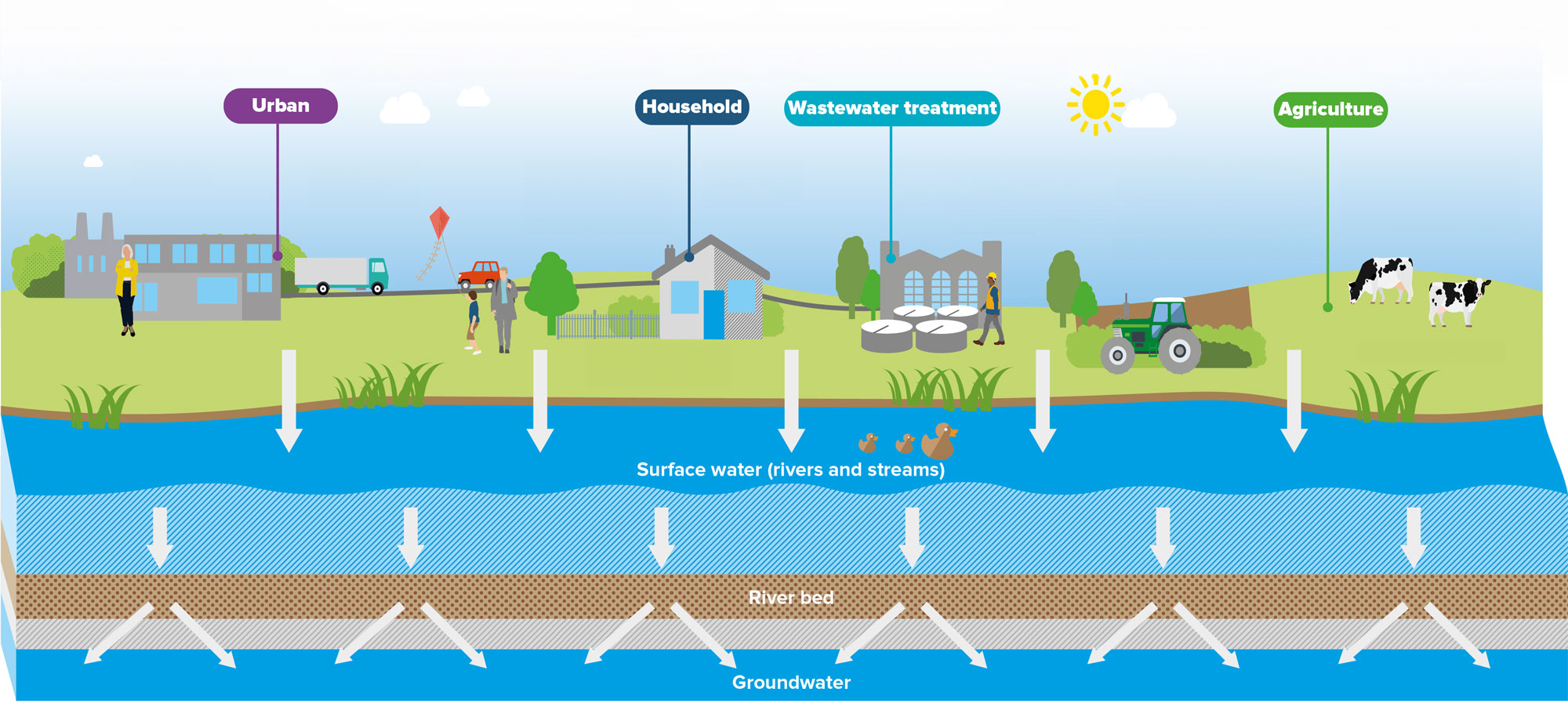
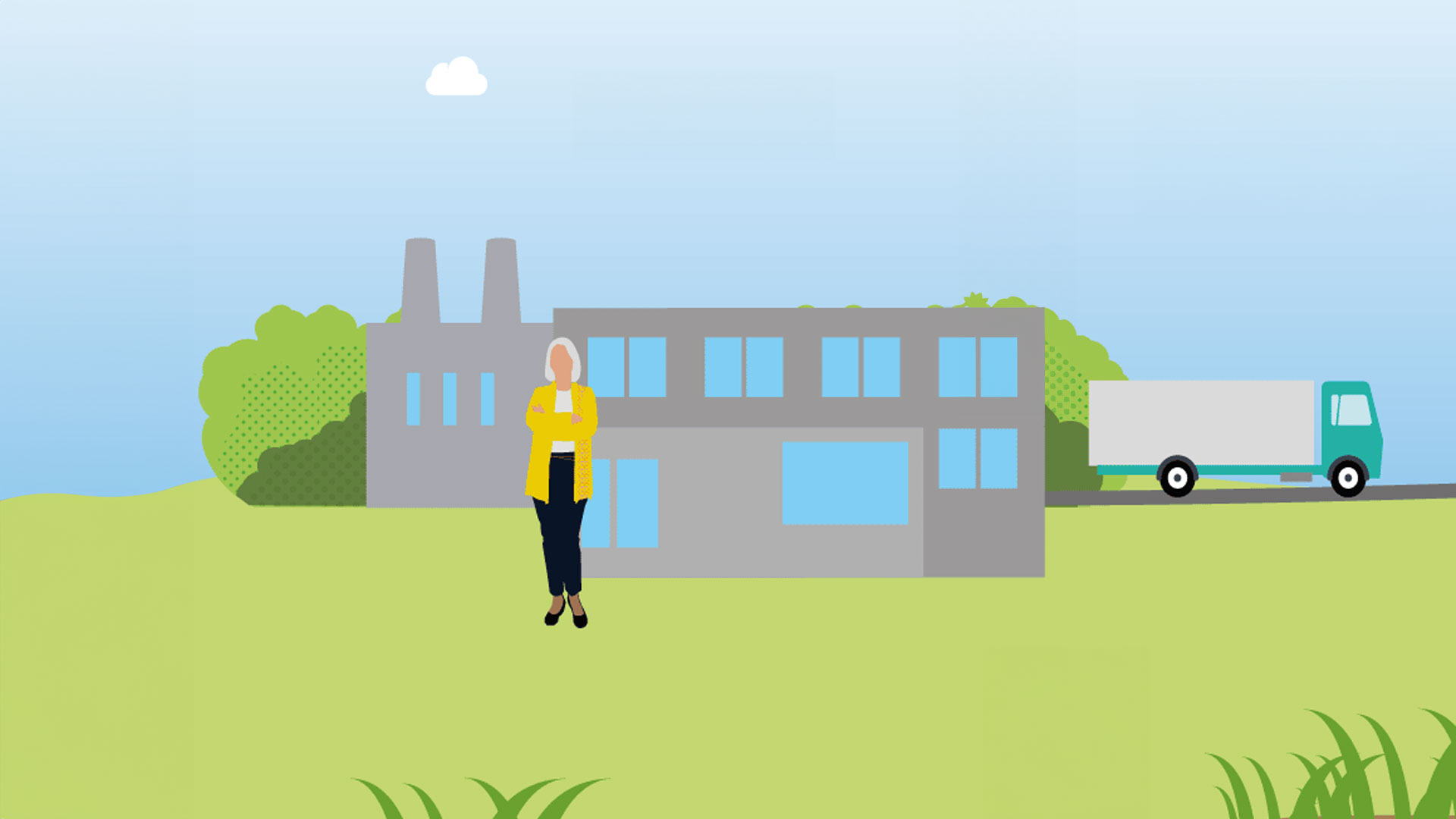
Waste from industrial processes can affect river and groundwater quality. Surface water run-off from roads and drains can also be very dirty and require more treatment.
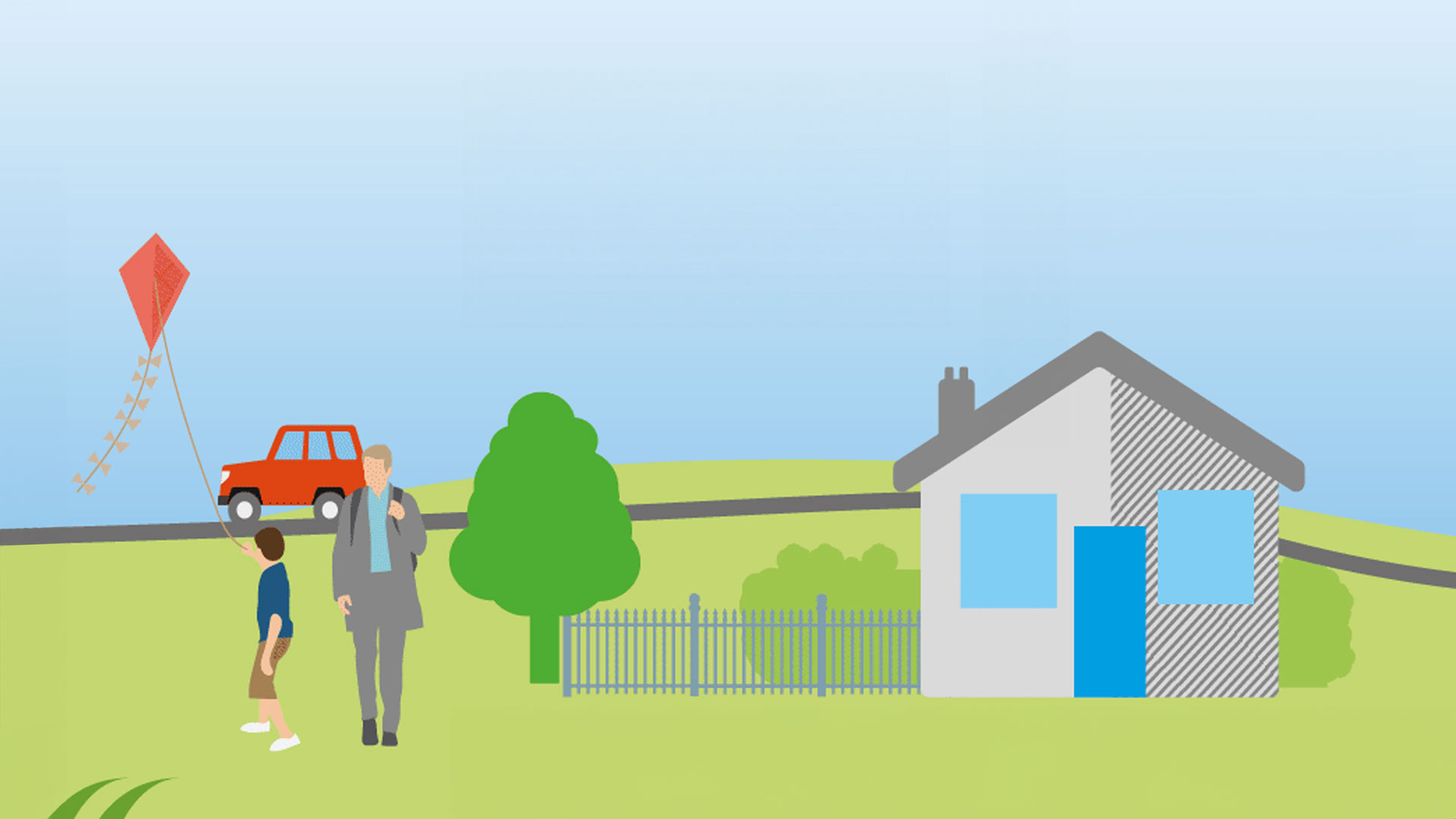
Pesticides from gardens and allotments can easily be carried from land to nearby streams and rivers. For example, metaldehyde, which is used to control slugs and snails, is one of the most challenging pesticides for water companies to remove. We've recorded levels of this pesticide above the drinking water standard in two-thirds of our rivers and reservoirs. Septic and oil tanks and drainage misconnections (where wastewater pipes are connected to the surface water drain) can also contaminate water and affect its quality.
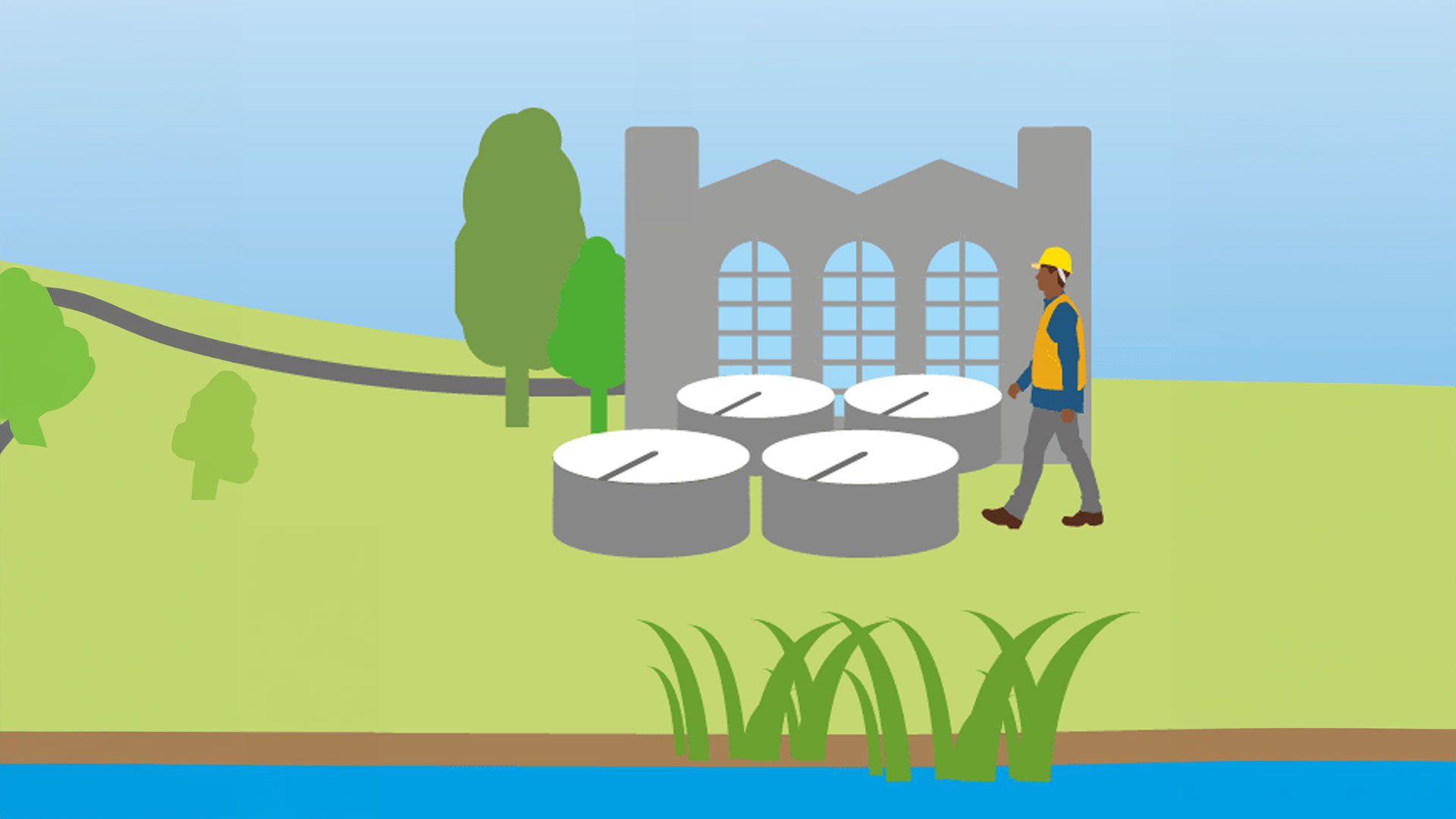
Discharges from treatment works, sewers and storm overflows can also cause pollution incidents and affect water quality. Storm overflow releases happen when our network is at risk of becoming overwhelmed during or after periods of heavy rainfall. This diluted stormwater and wastewater is discharged into rivers and seas to stop it from backing up into homes and businesses.
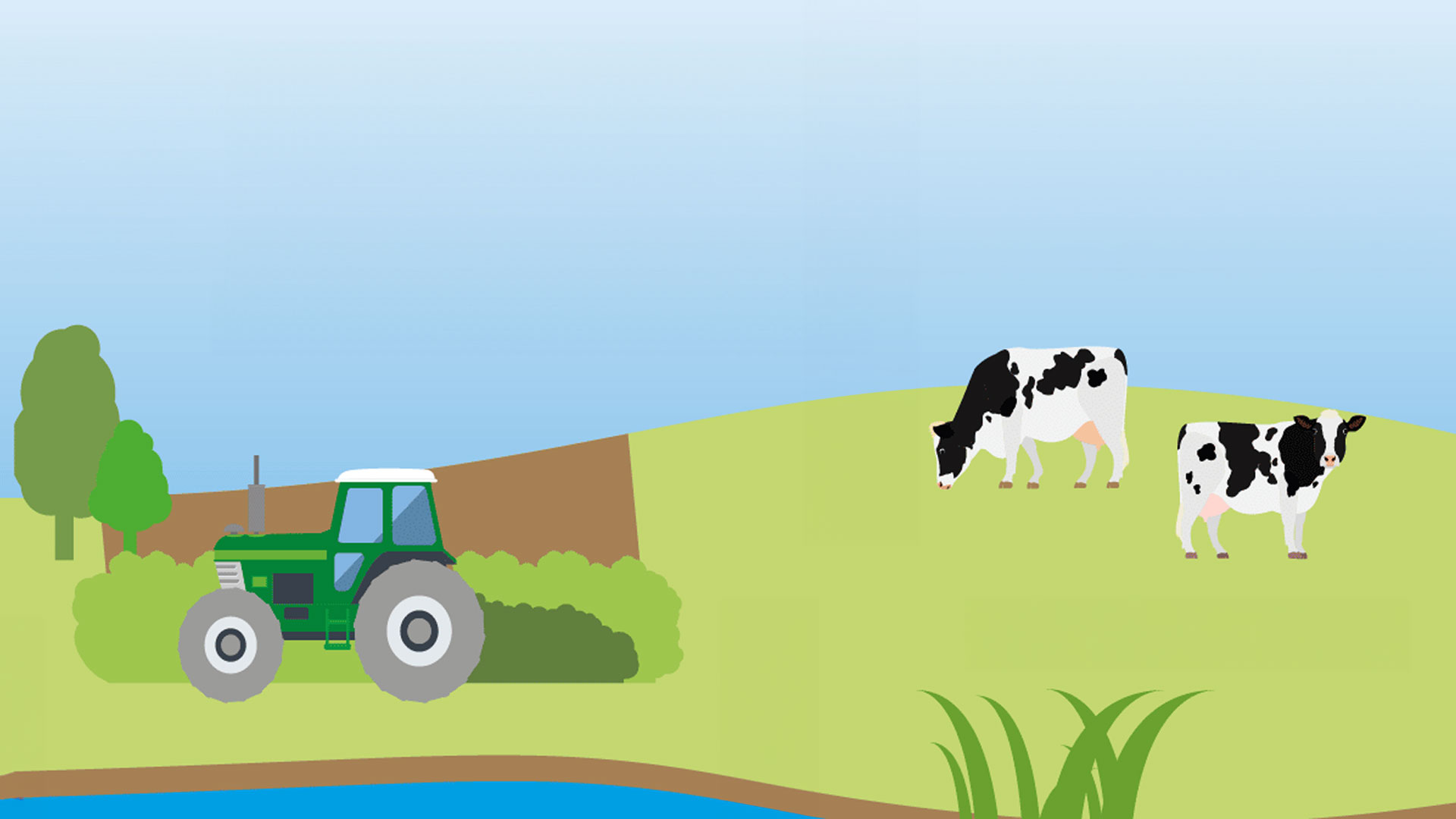
Run-off containing nitrate from fertilisers, pesticides and herbicides can also affect water quality and impact wildlife and the environment. Currently, two-thirds of our groundwater sources show high or increasing levels of nitrate. Nutrients from livestock effluent and sediment run-off can also leach into groundwater. It can take decades for water to seep down into aquifers and current nitrate levels are from fertiliser that was used many years ago. This makes it even more important to take action now.

Waste from industrial processes can affect river and groundwater quality. Surface water run-off from roads and drains can also be very dirty and require more treatment.

Pesticides from gardens and allotments can easily be carried from land to nearby streams and rivers. For example, metaldehyde, which is used to control slugs and snails, is one of the most challenging pesticides for water companies to remove. We've recorded levels of this pesticide above the drinking water standard in two-thirds of our rivers and reservoirs. Septic and oil tanks and drainage misconnections (where wastewater pipes are connected to the surface water drain) can also contaminate water and affect its quality.

Discharges from treatment works, sewers and storm overflows can also cause pollution incidents and affect water quality. Storm overflow releases happen when our network is at risk of becoming overwhelmed during or after periods of heavy rainfall. This diluted stormwater and wastewater is discharged into rivers and seas to stop it from backing up into homes and businesses.

Run-off containing nitrate from fertilisers, pesticides and herbicides can also affect water quality and impact wildlife and the environment. Currently, two-thirds of our groundwater sources show high or increasing levels of nitrate. Nutrients from livestock effluent and sediment run-off can also leach into groundwater. It can take decades for water to seep down into aquifers and current nitrate levels are from fertiliser that was used many years ago. This makes it even more important to take action now.
Our drinking water supply relies on extensive areas of farms, fields, woodlands and some built up areas. 70% of our drinking water comes from 98 groundwater catchments, 23% from 10 river catchments and 7% comes from four reservoir catchments. We rely on large areas of Kent, Sussex, Hampshire and the Isle of Wight and it’s important that we care for the wider landscape to supply drinking water.
We're focusing on nature-based solutions as opposed to traditional engineering solutions to deliver more resilient services and wider, more sustainable, benefits for people and nature.
To do this we use natural capital accounting to measure and evaluate natural assets, such as rivers, lakes and woodlands, within our region so that we can look at ways to protect them.
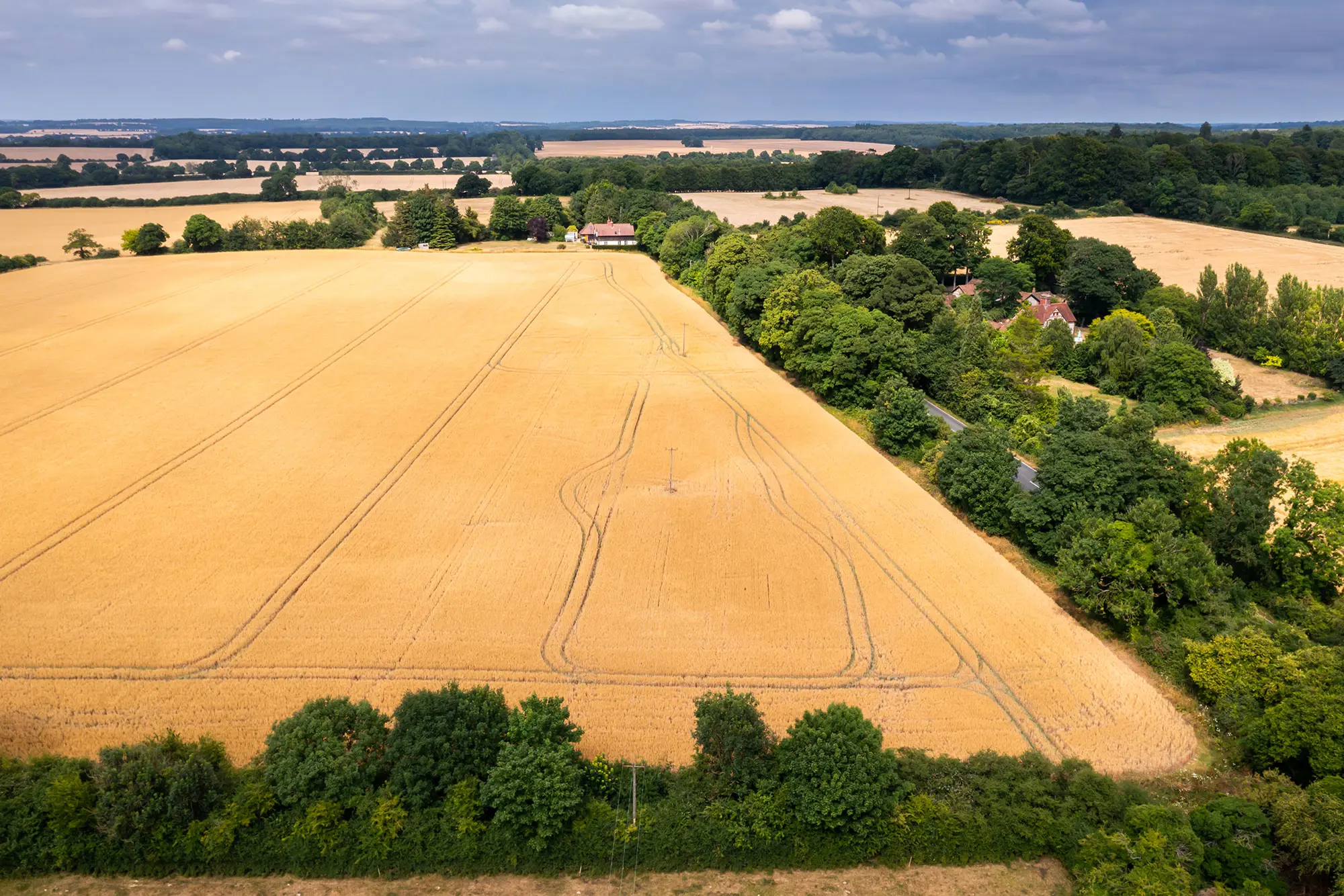
Our team of groundwater specialists have a detailed understanding of how abstraction effects the wider environment. Where it is identified that we may be having an impact on the environment, on a precautionary basis we can reduce amount of water we abstract, making more available to support river flows or maintain wet areas valuable for nature conservation.
However, increasing the amount of water does not fully address the problem. For example, chalk streams and wetland habitats are subject to other pressures such as historical modification for milling, fishing, urban development and land management. We must make sure our abstractions are sustainable to protect the ecological diversity and resilience of watercourses and wetlands.
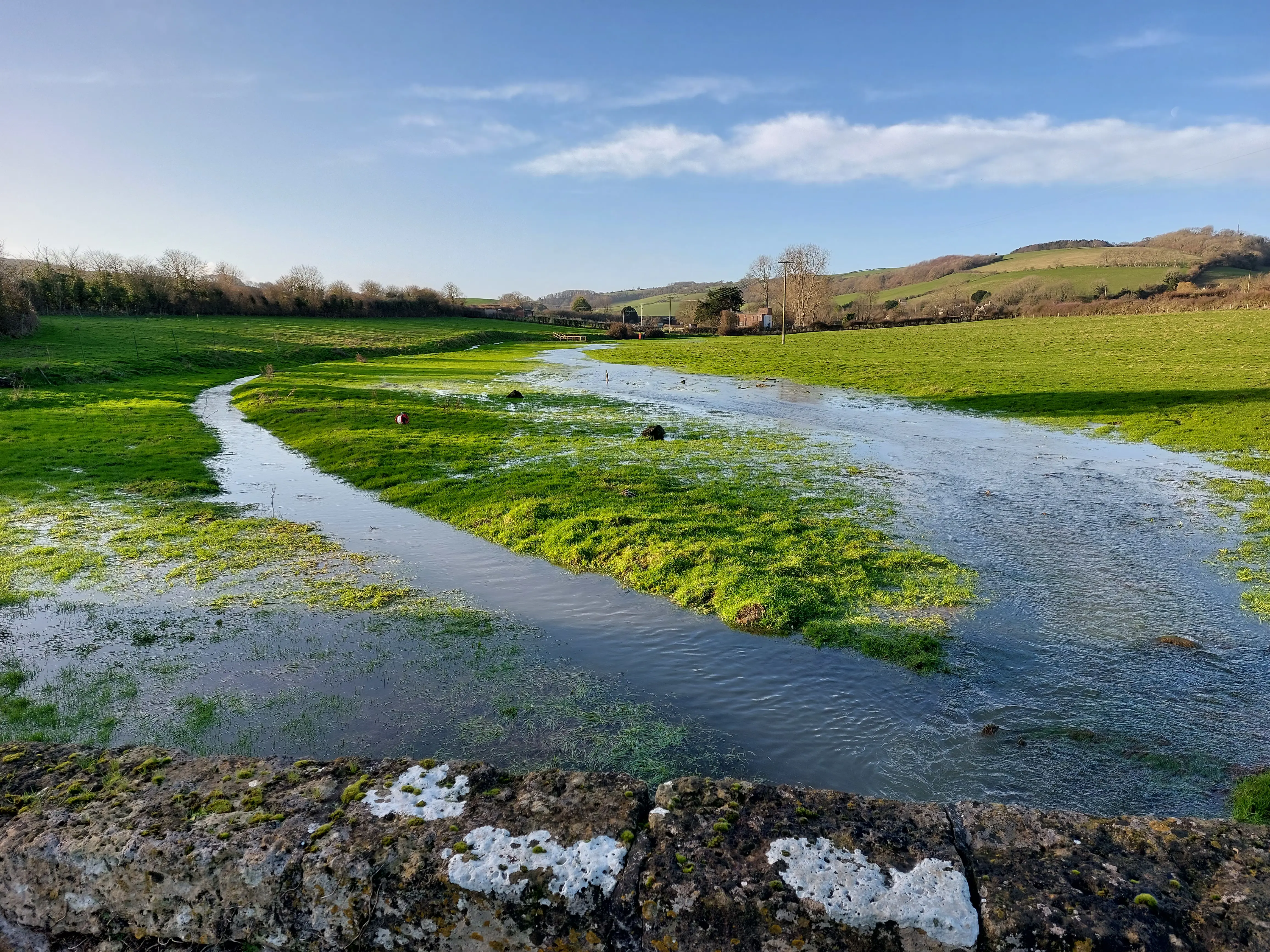
One of our long-term challenges is making sure we have enough water to supply our customers and maintain a healthy environment.
To make sure our abstractions are environmentally sustainable, we have a series of river and wetland enhancement schemes designed to improve ecological diversity and resilience to low flows. This work secures the protection and ecological enhancement of sections of precious chalk stream habitat in parts of Sussex, Hampshire and the Isle of Wight.
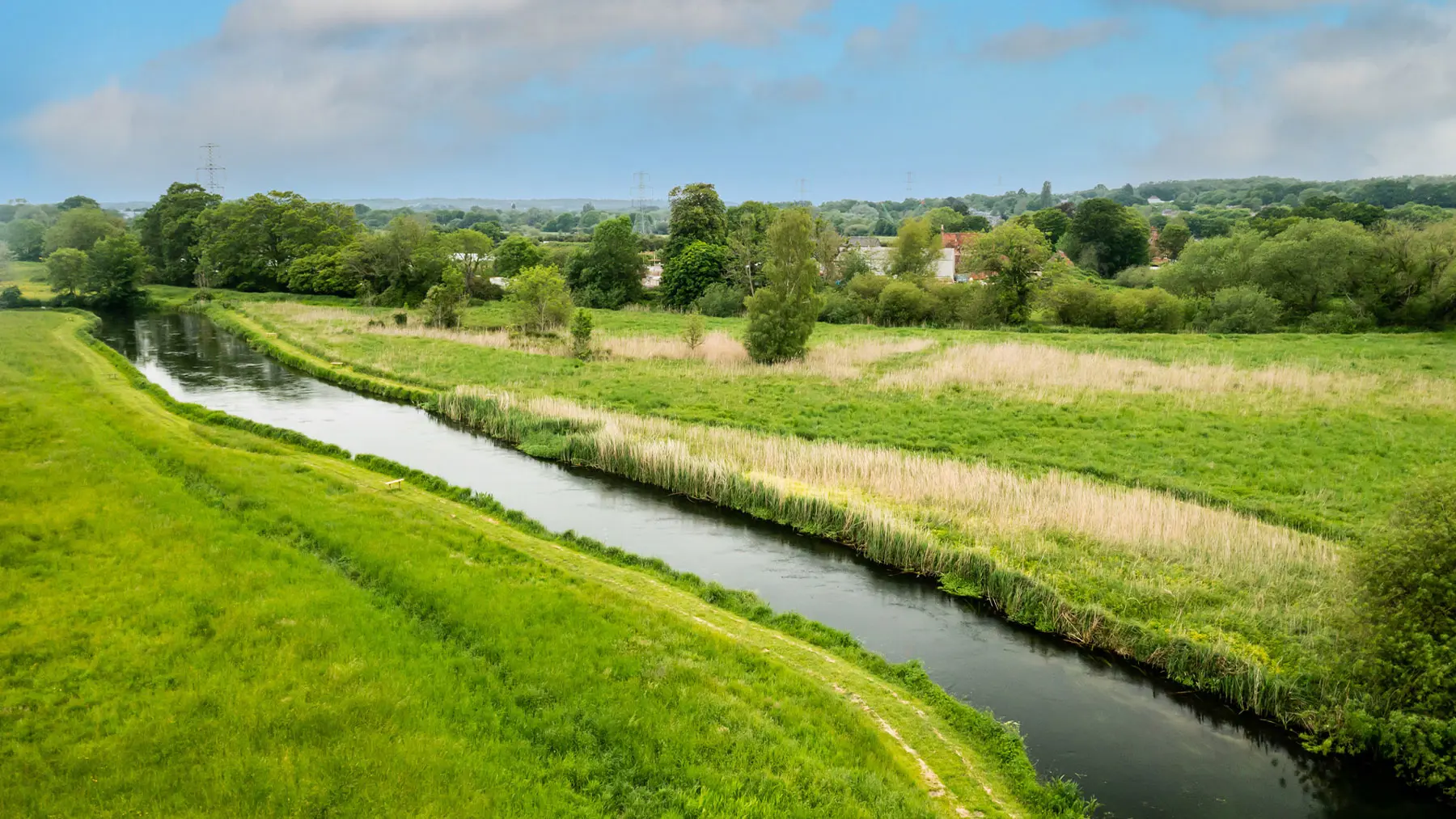
Soils are one of the most important building blocks to life on earth. They’re an important natural asset helping to keep water clean, give nature a home and produce food. We’re delivering a wide range of projects focusing on building soil stability to reduce soil erosion. This also helps to capture carbon dioxide from the atmosphere and reduces the amount of fertilisers applied to land.
As an example, we worked with ten farms in the Arun to Adur Farmer catchment to monitor soil in 30 fields with over 2,000 samples analysed over five-years. This project has been valuable in helping us understand soils, the importance of certain management techniques and the relationship between earthworms and healthy crops.
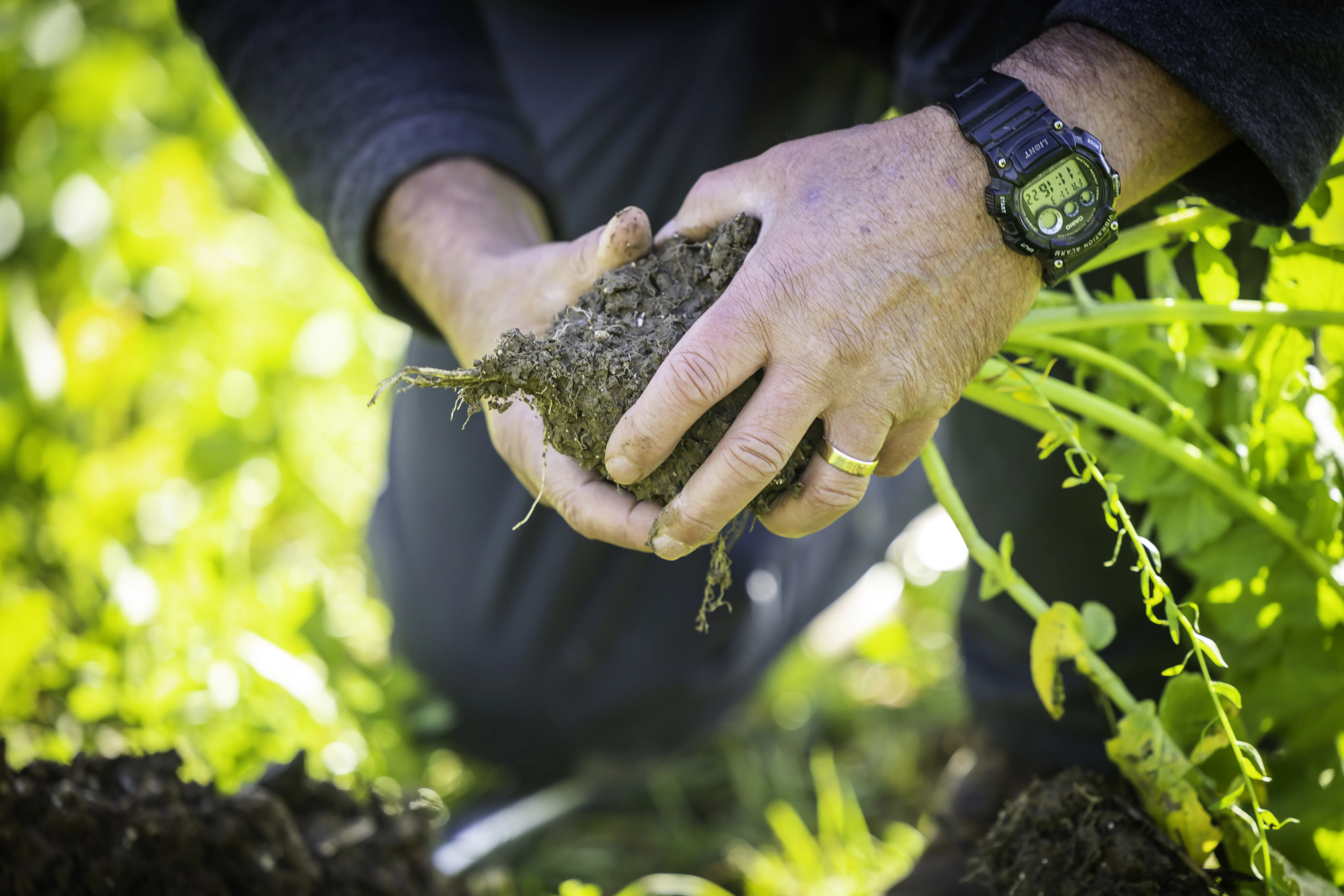
Two-thirds of our groundwater sources show high or increasing levels of nitrate. This needs to be reduced to meet drinking water standards. Whilst in some cases we have installed treatment facilities, these are costly to build and operate.
Catchment First takes a different approach, by working in partnership with farmers to improve nitrogen use efficiency and reduce the amount of fertiliser in drinking water sources.
Over the last five years we’ve worked with close to 100 farmers in our groundwater catchments investing in over 12,000 hectares - an area of nearly 20,000 football pitches - of sustainable agriculture measures to reduce fertiliser losses. We also work with partners to raise awareness of key issues.
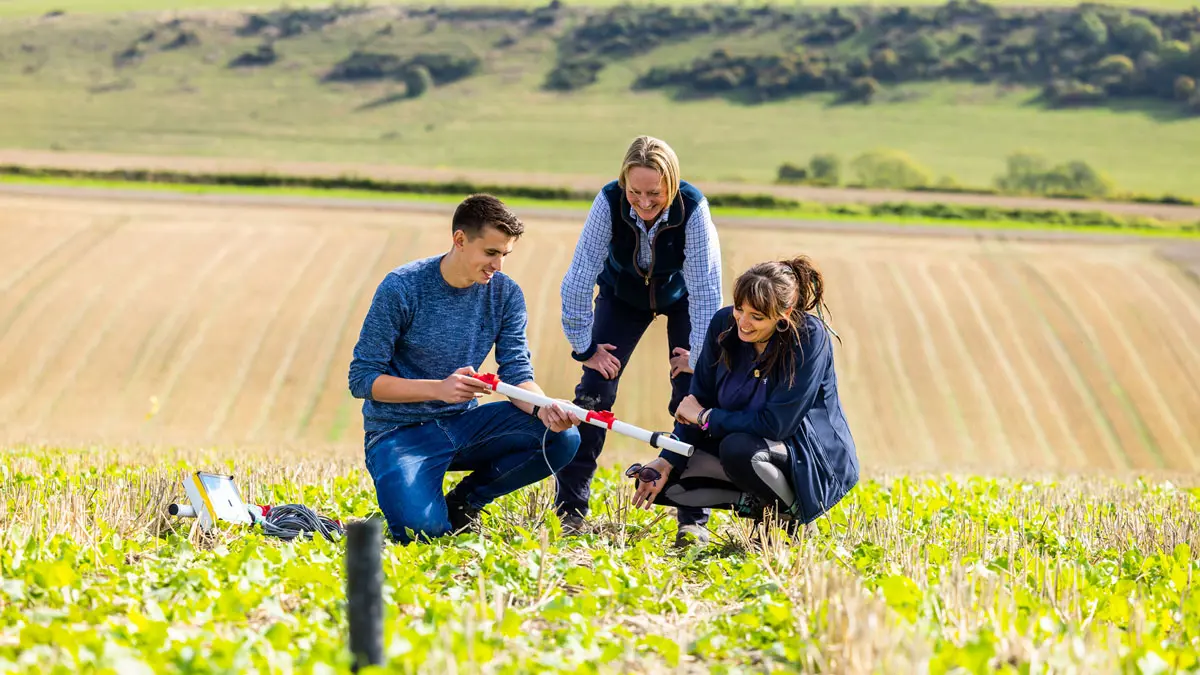
We care about the environment and as a community of colleagues who live and work locally, we all want to leave the environment in a better state than we found it. Improving the quality of our waters is a joint effort and something that we all have a part to play in.
Farming is a major activity across the South East, but it can have a big impact on water quality. We work closely with farmers, helping to encourage sustainable farming practices. From offering workshops on how best to use fertilisers and pesticides to reduce runoff into the rivers and seas, to trialling ground-breaking new initiatives to improve the land around them. Working in partnership with farmers allows us to catch these pollutants before they sneak their way into the water.
Alongside farmers, we work with people that live and work in the area, investing in local charities and community groups to create a wide network that cares for the long-term health of our precious natural resources.
